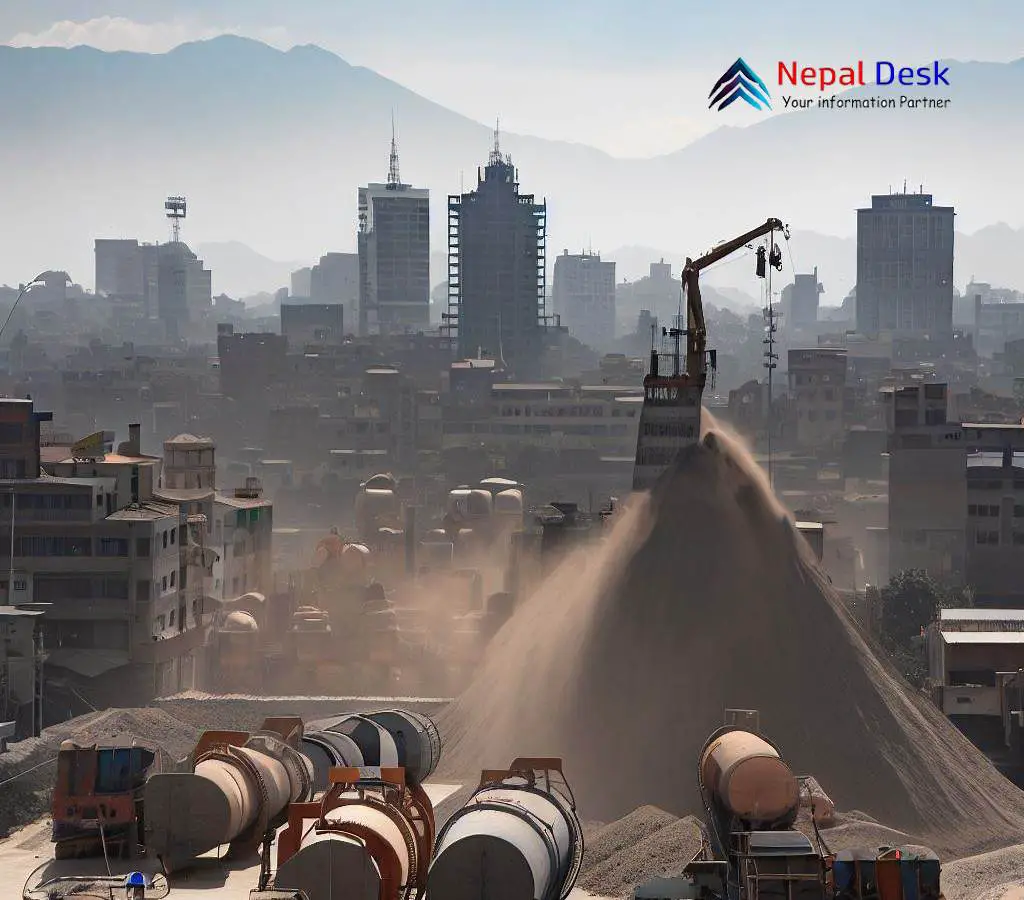Nepal's Cement Exports Rise with New Government Incentives
Published Date

Published Date
Following government tax breaks and grants, Nepal sees a surge in cement exports. Industries now tap into the Indian market, promising a bright economic future.
⏱ 3 min read
Following the government's announcement of up to an 8% cash grant and tax breaks on electricity consumption, cement exports from Nepal have seen a significant rise. As of now, four industries have commenced the export of cement and clinker to neighboring Indian markets. In just the first month of the current fiscal year, exports amounted to NPR 23.5 crores, a stark contrast to the previous year's total of NPR 78 crores.
Palpa Cement was the pioneer in this endeavor, exporting its 'Tansen' brand cement for the first time on June 24, 2019. Since then, Arghakhanchi, Balaji, and CG Cement industries have also joined the export bandwagon. Notably, the Chaudhary Group has initiated a strategic partnership with India's renowned Adani Group, kickstarting their cement exports.
The enthusiasm for cement exports is palpable, with Arghakhanchi Cement's director, Pashupati Murarka, highlighting the promising figures from the first month alone. Last year, Arghakhanchi Cement alone exported cement worth around NPR 37 crores. This year, they aim to export cement and clinker worth at least NPR 150 crores.
With the increasing number of industries involved, Murarka estimates that the current fiscal year could see cement and clinker exports amounting to NPR 5-6 billion. However, he emphasizes the need for the government to streamline the grant process to truly capitalize on this potential.
One of the challenges faced by exporters is the stringent quality standards set by the Bureau of Indian Standards (BIS). Only those with the Indian Standard Institute (ISI) mark can export to India. Many Nepalese cement industries are currently in the process of obtaining this certification.
Interestingly, despite the domestic demand for cement decreasing due to economic downturns, exports to India are on the rise. Brands like 'Tansen' from Palpa Cement are making their mark in places like Gorakhpur. Arghakhanchi Cement, based in Bhairahawa, has expanded its reach to Gorakhpur, Lucknow, and even Bihar. "Our main market right now is Gorakhpur," says Murarka.
Balaji Cement's Managing Director, Rishikesh Agrawal, mentions that their 'Bahubali' and 'Shristi' branded PPC cement began exports to Siddharthanagar in Uttar Pradesh on May 29. The company, based in Kapilvastu, primarily serves the Indian market through the Krishnanagar border.
The government's previous budget had announced an 8% cash grant and up to a 15% tax break for industries with an electricity consumption of more than NPR 10 crores. This move has attracted many cement industries towards exports. However, Murarka points out that unless the government ensures easy access to these grants, the expected volume of cement exports might not be realized.
Logistics remains a challenge for exporters. Trucks loaded with cement often face delays of up to eight or nine hours at customs. In places like Bhairahawa customs, there's often a 12-kilometer-long queue of trucks waiting for clearance. This not only increases the cost of exports but also calls for a more efficient customs clearance system.
In conclusion, while the potential for cement exports from Nepal is vast, especially given the quality of domestically produced cement, there are still hurdles to overcome. With the right policies and infrastructure in place, Nepal could indeed become a significant player in the regional cement export market.
